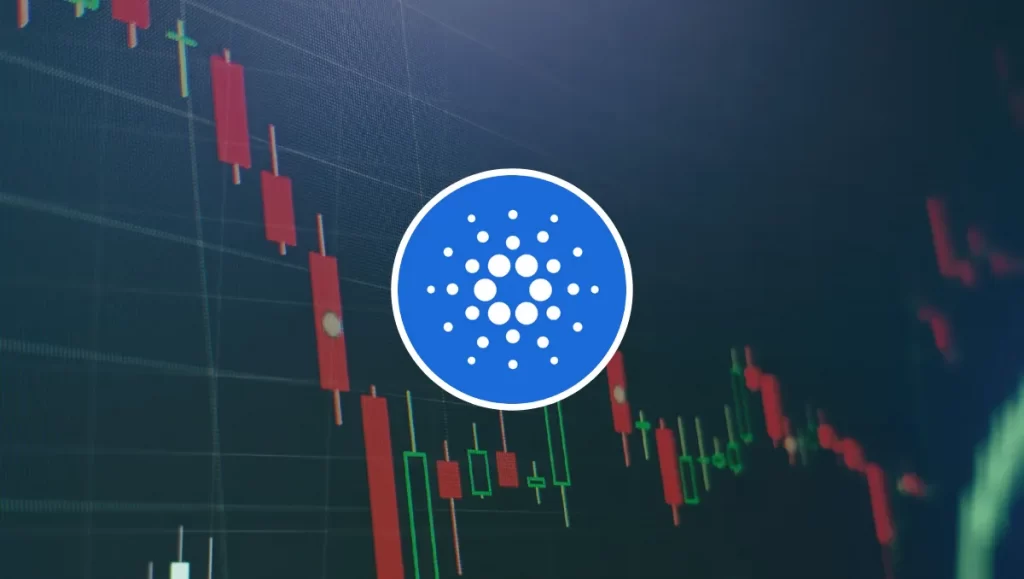The post Cardano Price Volatility: To Stake or Not to Stake ADA? appeared first on Coinpedia Fintech News
The price of Cardano (ADA) indicates that not enough buyers are available in the market, which has caused it to fall below crucial support and resulted in a negative market structure breach.
The most recent developments present a narrow window of chance for a recovery; if it is not seized upon, it could trigger a sell-off.
Users would have little choice but to suffer losses during times of market volatility because the majority of high-interest staking systems demand that investors lock their money for a set amount of time.
Investors in Ethereum, for instance, are preparing for more volatility and selling activity following a significant release of coins from the staking solution locked up ahead of the Merge.
Is Cardano Staking a Good Strategy?
Among cryptocurrency investors, staking on Cardano might not be the most popular strategy. It still outperforms traditional finance, though, since statistics indicate that staking up to 100,000 ADA will yield investors a 30% return over the course of five years.
Staking for Cardano is possible on a number of platforms and wallets, including Binance, one of the biggest centralized exchanges in the world. Sadly, the coin’s interest rate is continually fluctuating.
Some solutions modify their APY in response to the supply that has been staked.
Financial institutions typically give investors a greater staking rate in exchange for locking their coins for a specified length of time. Exchanges give higher interest rates when the locking period is longer, and vice versa. The Cardano staking rules are the same.
If an investor wants to develop a portfolio based on a constant income, it might be a good idea to have a steady income in a certain currency. However, there are several risks associated with staking assets like Cardano, Ethereum, or anything else susceptible to high volatility.



 stake w CRDNS (@Cardanians_io)
stake w CRDNS (@Cardanians_io)